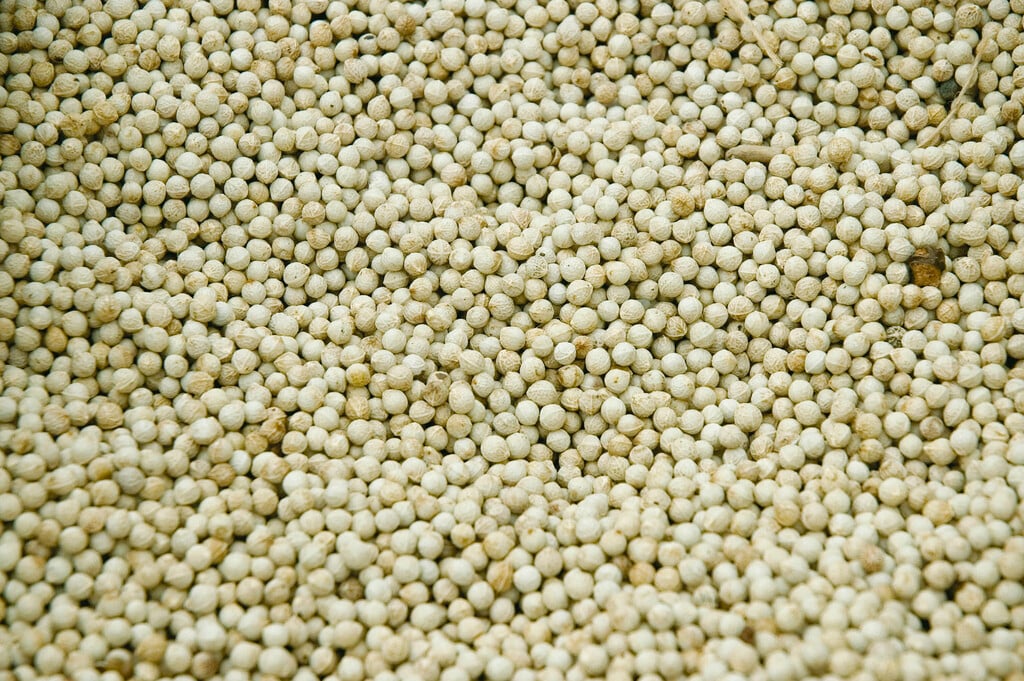Celtis occidentalis
common hackberry
A large, spreading, deciduous tree to a height of 20m with dark green lance-shaped leaves. Greenish flowers in spring are followed by small sweet, edible fruits that mature from orange-red to dark purple. Autumn colour is a very striking yellow.
Other common names
American false elmAmerican hackberry
see morebeaver wood
hackberry
nettle tree
rim ash
sugarberry
sugarberry tree

Buy this plant
Size
Ultimate height
Higher than 12 metresTime to ultimate height
10–20 yearsUltimate spread
Wider than 8 metresGrowing conditions
Moisture
Well–drainedpH
Neutral, Alkaline, AcidColour & scent
| Stem | Flower | Foliage | Fruit | |
| Spring | Green | Green | ||
|---|---|---|---|---|
| Summer | Green | Orange | ||
| Autumn | Yellow | Black | ||
| Winter |
Position
- Full sun
Aspect
East–facing or South–facing or West–facing or North–facing
Exposure
ShelteredDrought resistance
Yes Hardiness
H6Botanical details
- Family
- Cannabaceae
- Native to GB / Ireland
- No
- Foliage
- Deciduous
- Habit
- Spreading branched
- Genus
A genus of 60-70 species of deciduous or evergreen shrubs to medium-sized trees with serrated green foliage and clusters of small, greenish-white flowers which appear in the spring
- Name status
Correct
How to grow
Cultivation
In cool climates such as the UK, needs a warm site with well-drained soil in a sunny position. In warmer climates, grow in deep fertile soil in partial shade
Propagation
Propagate by seed in autumn
Suggested planting locations and garden types
- Low Maintenance
Pruning
Pests
Generally pest-free
Diseases
Generally disease-free
Love gardening
Sign up to receive regular gardening tips, inspiration, offers and more
View our Privacy Policy
Get involved
The Royal Horticultural Society is the UK’s leading gardening charity. We aim to enrich everyone’s life through plants, and make the UK a greener and more beautiful place.